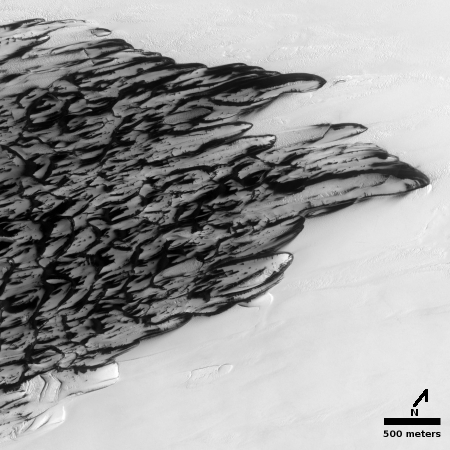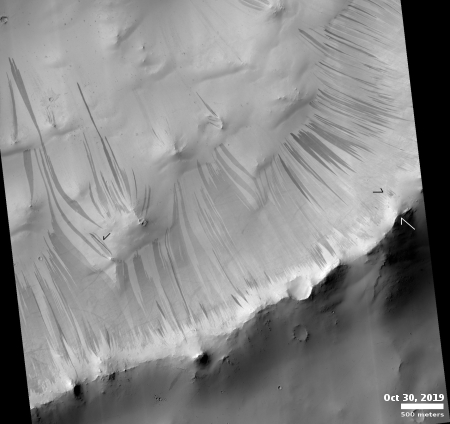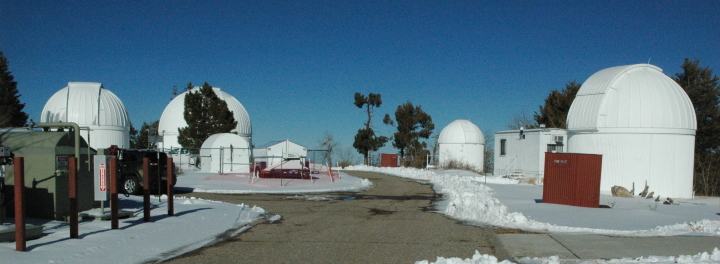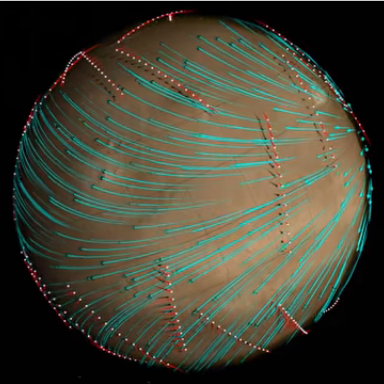Back in February 2018, Republican-controlled committees in both the House and the Senate released detailed memos, dubbed the Nunes and Grassley memos respectively, accusing the FBI and the Obama Justice Department of using unverified and false information that was nothing more than opposition research paid for by the Clinton campaign to illegally obtain Foreign Intelligence Surveillance Act (FISA) warrants from the Foreign Intelligence Surveillance Court (FISC), warrants that allowed them to spy on the campaign of Donald Trump as well as his administration following his election victory in 2016.
Put more bluntly, the Republicans accused the Clinton campaign, with the help of the Obama administration, of weaponizing the surveillance powers of the FBI and the Justice Department in order to defeat their political opponents.
Not surprisingly, the Democrats and former Obama officials denied these allegations, calling both memos partisan and false. In the House the Democrats issued their own memo, claiming the Republican memos left out key information that made their arguments invalid.
Who was right? What was true? How was an ordinary citizen going to determine which of these competing political positions properly described what had actually happened?
At the time I admit my instincts and own personal biases led me to believe the Republicans. Even so, the allegations were so horrifying — suggesting a clear abuse of power and a willingness of people in Washington to subvert an American election — that some skepticism of the Republican accusations was certainly reasonable.
In fact, the best thing one could do in this situation is to take a scientific approach to the problem. The Republicans had put forth a theory, citing some data that suggested the Obama administration, the Justice Department, and the FBI had abused their power in the worst possible manner. To prove that theory the Republicans would require both corroborating evidence as well as independent reviews that confirmed their conclusions.
» Read more




